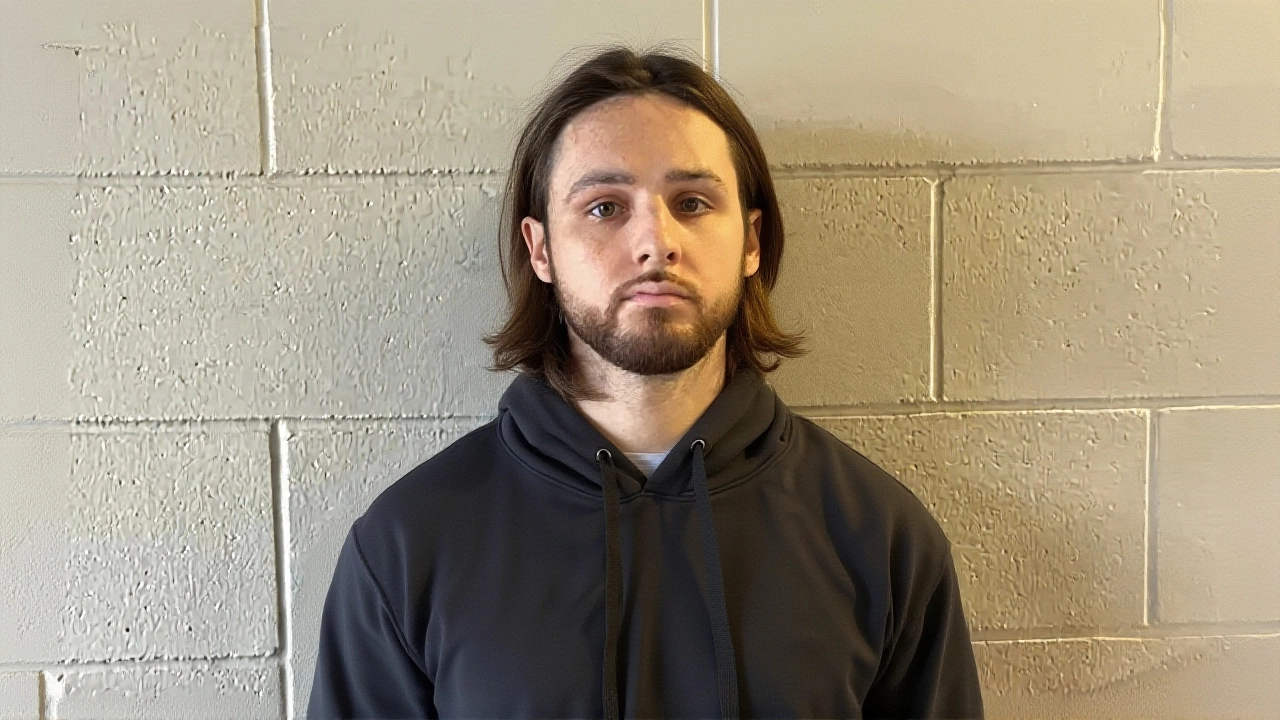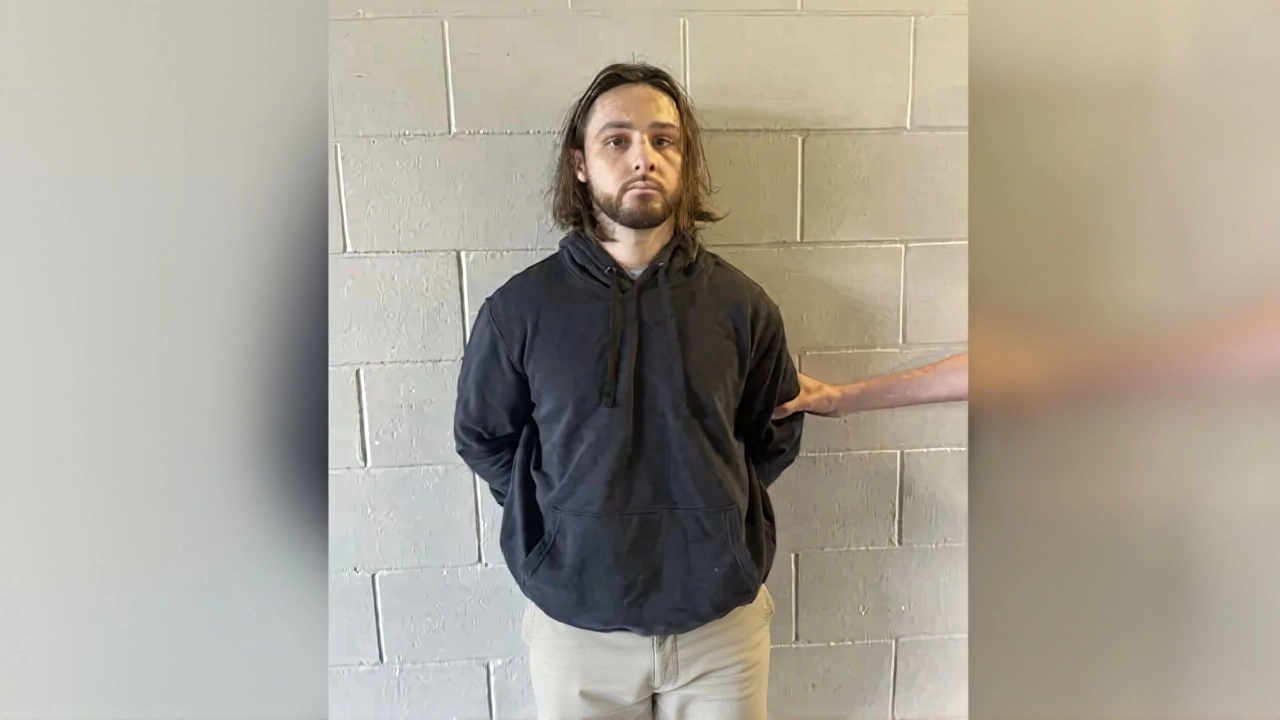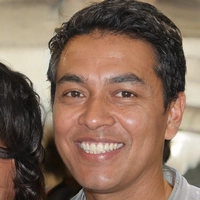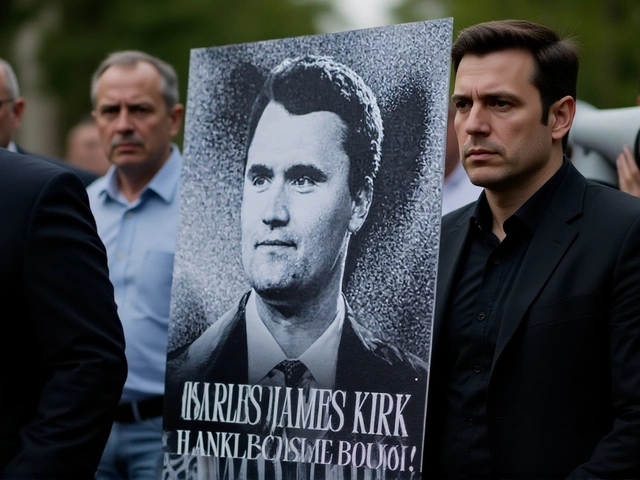When Jonathan Rinderknecht, an Uber driver was arrested this week, federal prosecutors said they had enough evidence to charge him with deliberately igniting the blaze that became the devastating Palisades Fire in Pacific Palisades, Los Angeles, in early January 2024.
The complaint, unsealed by the U.S. Department of Justice on October 8, 2025, outlines a chilling timeline: Rinderknecht allegedly set a brush fire at 12:03 a.m. on Jan. 1, 2024, which smoldered underground for six days before Santa Ana winds ripped it into a 7,000‑acre inferno on Jan. 7, claiming 12 lives and razing roughly 1,000 homes.
How the Investigation Unfolded
According to U.S. Attorney Martin Estrada, the case hinged on a blend of digital forensics, eyewitness testimony, and on‑the‑ground fire‑scene analysis. "The defendant allegedly set fire to the brush on New Year's Day, which smoldered underground until heavy winds caused the fire to explode," Estrada said at a press conference in Los Angeles.
Investigators traced Rinderknecht’s cell‑phone pings to a parking lot overlooking the trail where the fire began. GPS data from his Uber vehicle confirmed a round‑trip from Los Angeles International Airport to the Palisades area just before midnight on Dec. 31, 2023. Two passengers recalled his “angry and agitated” demeanor during the ride, noting he kept glancing at the hillside.
Perhaps the most damning piece was a ChatGPT log from Oct. 2023, where Rinderknecht prompted the model to create “dystopian images of a burning forest with crowds fleeing.” Prosecutors argue this shows premeditation, a point reinforced by an iPhone video he recorded after the fire ignited, which shows him watching firefighters arrive and then returning to the scene to film more footage.
Legal Proceedings and Potential Penalties
Rinderknecht was taken into custody by FBI agents in Miami‑Dade County on Oct. 8, 2025, and appeared before U.S. Magistrate Judge Embry Kidd the next day. He declined to enter a plea. Assistant U.S. Attorney Andrew Brown warned that a conviction could bring a mandatory five‑year minimum, with a statutory ceiling of 20 years behind bars.
The federal charge—malicious destruction by means of fire—carries heavy weight because the fire’s aftermath was catastrophic: 12 fatalities, an estimated $500 million in property losses, and 200 families still displaced as of Oct. 2025.
Responses from Local Authorities
Kristin Crowley, Fire Chief of the Los Angeles Fire Department, said the department’s after‑action report originally listed the cause as “undetermined,” but new evidence forced a shift toward arson.
During a City Council hearing on March 12, 2024, Crowley noted, "The possibility of arson could not be ruled out," and now the department is cooperating fully with both federal and state investigators.
Parallel State Investigation
While the DOJ builds its federal case, the Los Angeles County District Attorney’s Office is pursuing a separate state probe that could carry murder charges, potentially resulting in life imprisonment. The state attorneys have not publicly disclosed the exact statutes they intend to invoke, but they have signaled that they view the deaths as more than accidental casualties.

Impact on the Community
The Palisades Neighborhood Council reported on Oct. 5, 2025, that recovery is still a slow grind. Approximately 200 families remain without homes, many awaiting insurance payouts. Property tax assessments show the fire wiped out an estimated $500 million in residential value, a hit that will ripple through local schools, businesses, and municipal services for years.
Neighbors describe a lingering sense of disbelief. "We thought it was just a small brush fire," said longtime resident Maria Gomez, who lost her home on Marquez Drive. "Now we’re living in trailers and wondering how it got to this point."
What Comes Next?
Federal prosecutors say they will present additional evidence to a grand jury within the next 30 days, potentially adding charges such as obstruction of justice or falsifying statements. If the grand jury returns an indictment, Rinderknecht could face a trial as early as spring 2026.
Meanwhile, the LAFD is conducting a comprehensive review of its early‑warning systems, especially regarding underground coal fires that can smolder unseen for days. Officials hope lessons learned will prevent another tragedy in the wind‑prone Southern California foothills.
Background: The Palisades Fire in Context
The fire that Rinderknecht is accused of starting was one of the deadliest in Los Angeles County in the past decade. Earlier in 2022, the Woolsey Fire claimed 3 lives and destroyed 1,600 structures, prompting stricter vegetation management policies. Yet, the Palisades area remained vulnerable—steep slopes, dense chaparral, and the ever‑present Santa Ana winds create a perfect storm for rapid fire spread.
Historically, arson has accounted for roughly 20 % of major wildfires in California, according to a 2023 Cal Fire study. The combination of a deliberate ignition source and extreme weather conditions makes for a lethal mix, a fact that investigators stress when discussing prevention.
Frequently Asked Questions
How does this case affect the families still displaced by the fire?
The federal indictment reinforces the narrative that the fire was not a natural disaster, which could accelerate insurance settlements and qualify victims for additional federal aid programs aimed at arson‑related losses.
What evidence ties Rinderknecht directly to the ignition?
Key pieces include GPS data placing his Uber vehicle at the trail at 12:03 a.m., cell‑tower pings confirming his presence, the 911 call he made after the fire started, and the ChatGPT prompts that prosecutors describe as indicative of a pre‑planned arson motive.
What are the possible sentences if he is convicted federally?
A conviction on the malicious‑destruction charge carries a mandatory five‑year minimum, with a maximum of 20 years in federal prison. Additional counts could increase the total term significantly.
Are there state murder charges pending?
Yes. The Los Angeles County District Attorney’s Office is conducting a parallel investigation that could result in felony murder charges, which, if proven, carry life‑sentence possibilities.
What steps will fire officials take to prevent another underground fire?
The LAFD plans to expand its underground fire‑monitoring network, increase vegetation clearance on steep slopes, and conduct community outreach about reporting suspicious activity, especially during high‑wind periods.







